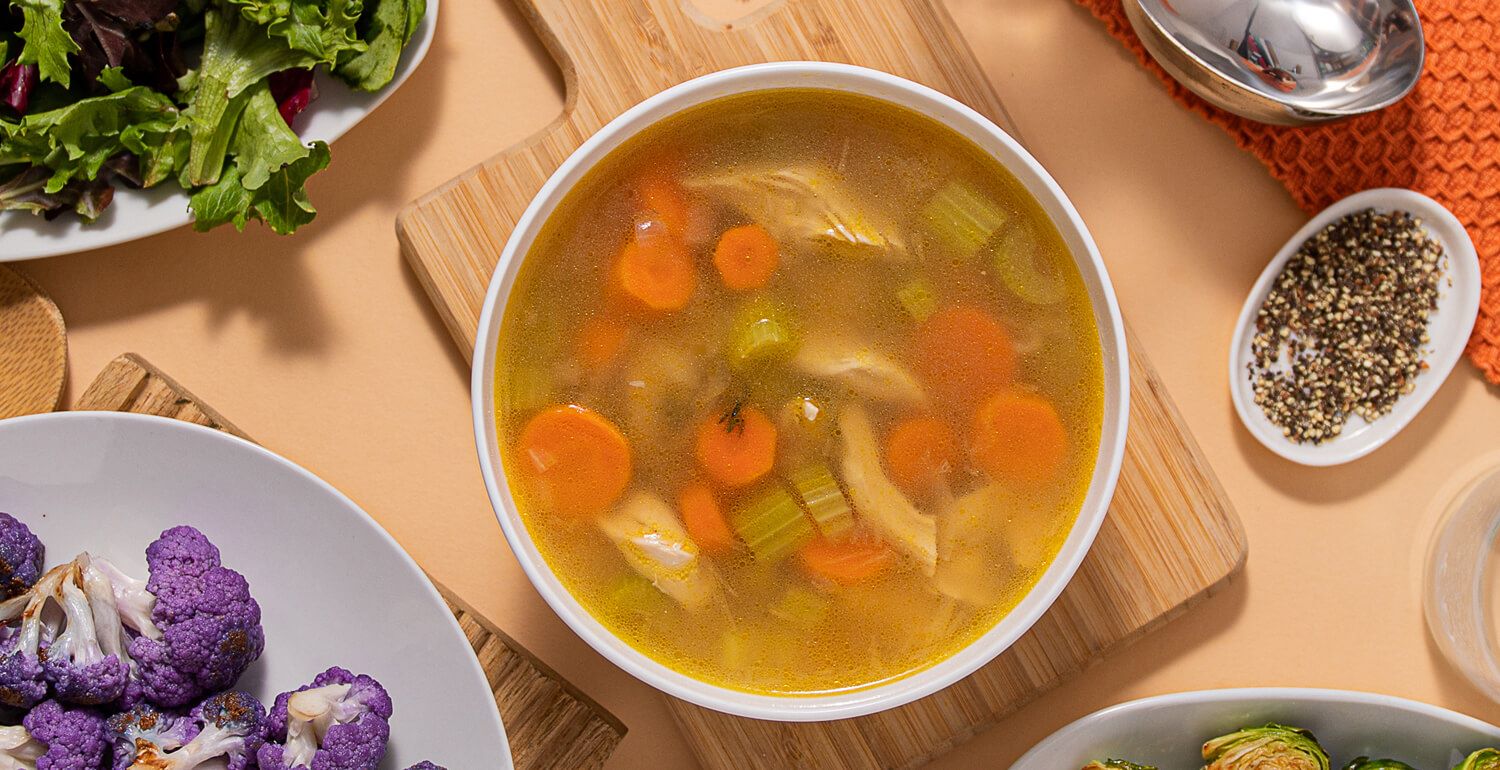

Articles
How To Store Leftover Soup
Modified: October 22, 2024
Looking for articles on how to store leftover soup? Find helpful tips and tricks to ensure your soup stays fresh and tasty for longer.
(Many of the links in this article redirect to a specific reviewed product. Your purchase of these products through affiliate links helps to generate commission for Storables.com, at no extra cost. Learn more)
Introduction
Leftover soup can often be a delicious and convenient option for a quick meal. Whether you made a large batch of soup or simply have some leftover from a restaurant or takeout, knowing how to store it properly is essential to maintain its freshness and flavor. In this article, we will discuss some key tips and techniques for storing leftover soup to ensure it stays safe to consume and can be enjoyed at a later time.
Properly storing leftover soup not only helps prevent food waste but also allows you to have a ready-made meal on hand whenever you need it. By following the guidelines outlined in this article, you can keep your soup tasting its best and avoid any potential food safety issues.
In the following sections, we will dive into the specific steps for storing leftover soup, including choosing the right containers, refrigeration, freezing techniques, labeling and organization, reviving frozen soup, and safety considerations.
Key Takeaways:
- Properly storing leftover soup is essential for maintaining its freshness and flavor. Utilize airtight containers, refrigerate for short-term use, and freeze for extended shelf life to enjoy delicious soup at any time.
- Prioritize food safety when storing and consuming leftover soup. Follow temperature control guidelines, thorough reheating, and visual inspections to ensure a safe and enjoyable culinary experience.
Read more: How To Store Soup
Utilizing Proper Containers
When it comes to storing leftover soup, choosing the right containers is crucial. Opting for containers that are airtight and leak-proof will help to maintain the flavor and prevent any spills or leaks in your refrigerator or freezer.
Glass or plastic containers with secure lids are commonly used for storing soup. Glass containers are advantageous as they are non-porous, which means they will not absorb any odors or flavors from the soup. Additionally, they are microwave-safe, allowing you to easily reheat the soup without transferring it to another dish.
If you prefer plastic containers, make sure they are labeled as food-safe and microwave-safe. Look for containers that have a tight-fitting lid to create an airtight seal. It’s also recommended to choose containers that are freezer-safe, especially if you plan on freezing the leftover soup.
It’s worth mentioning that using disposable plastic bags is another option for storing soup. Freezer-safe plastic bags can be a space-saving solution and allow for easy portioning of the soup. However, be cautious when using plastic bags, as they can be prone to leakage if not sealed properly.
Regardless of the type of container you choose, it’s essential to ensure that it is clean and sanitized before storing the leftover soup. Washing the containers with hot, soapy water and rinsing them thoroughly will help eliminate any potential bacteria or contaminants.
By utilizing proper containers, you can preserve the quality of the soup and prevent any unwanted leaks or messes.
Refrigeration
Refrigeration is a common method for storing leftover soup for short-term use. However, it’s essential to follow proper practices to ensure the soup remains safe to consume and maintains its quality.
First and foremost, allow the leftover soup to cool down before placing it in the refrigerator. Placing hot soup directly into the fridge can raise the internal temperature, which can cause bacterial growth and compromise the freshness of the soup. Let the soup cool to room temperature for about an hour before transferring it to the refrigerator.
When storing the soup, divide it into smaller portions, if possible. This will help the soup cool down more quickly, allowing for better and more even refrigeration. It will also make it easier to reheat individual servings as needed, rather than reheating the entire container.
Use a clean spoon or ladle to transfer the soup into airtight containers. Ensure that the containers are tightly sealed to prevent any exposure to air, as air exposure can cause the soup to spoil more quickly.
The ideal refrigerator temperature for storing soup is below 40°F (4°C). Make sure your refrigerator is set to this temperature or lower to maintain the quality and safety of the soup. Place the soup containers on the shelf or in a designated section of your refrigerator where they won’t be disturbed or pushed to the back, which can affect temperature consistency.
It’s important to note that leftover soup can typically be stored in the refrigerator for up to 3-4 days. Beyond that, there is a higher risk of bacterial growth and spoilage. It’s always best to use your judgment and inspect the soup for any signs of spoilage, such as an off smell or strange texture.
By following these guidelines for refrigeration, you can enjoy your leftover soup for a few more days while ensuring its safety and quality.
Freezing Leftover Soup
Freezing leftover soup is a great option if you want to extend its shelf life and have a convenient meal ready to go whenever you need it. Proper freezing techniques are essential to maintain the flavor, texture, and safety of the soup.
Here are some steps to follow when freezing leftover soup:
- Allow the soup to cool: Similar to refrigeration, it’s crucial to let the soup cool down to room temperature before freezing. Rapidly freezing hot soup can cause the development of ice crystals and affect the quality of the soup.
- Choose appropriate containers: Use freezer-safe containers or resealable freezer bags to store the soup. Make sure the containers are airtight and leak-proof to prevent freezer burn and maintain the freshness of the soup.
- Portion the soup: Divide the soup into individual servings or smaller portions before freezing. This will allow for easier thawing and reheating later on. It’s recommended to leave some headspace in the containers or bags to account for the expansion of the soup as it freezes.
- Label and date: Properly label each container or bag with the name of the soup and the date of freezing. This will help you keep track of what’s in your freezer and ensure you use the oldest soup first.
- Freeze flat: If using resealable bags, you can lay them flat on a baking sheet or tray before placing them in the freezer. This way, they will freeze flat and stack neatly, saving space in your freezer.
- Optimal freezing time: Most soups can be stored in the freezer for up to 3-4 months. While they may still be safe to consume beyond this period, the quality and flavor may deteriorate over time.
When you’re ready to use the frozen soup, remove it from the freezer and thaw it in the refrigerator overnight. If you’re in a hurry, you can thaw the soup in a microwave-safe container using the defrost setting. Remember to stir the soup occasionally during the reheating process to ensure even heating.
By following these freezing techniques, you can enjoy your leftover soup for an extended period while preserving its taste and quality. It’s a convenient way to have a homemade meal ready to enjoy whenever you desire.
Store leftover soup in airtight containers to prevent spoilage and retain freshness. Cool the soup to room temperature before refrigerating or freezing to avoid bacterial growth.
Labeling and Organization
Labeling and organizing your leftover soup is essential for easy identification and efficient use. When you have multiple containers of soup in the refrigerator or freezer, proper labeling will help you avoid confusion and waste.
Here are some tips for labeling and organizing your leftover soup:
- Label each container: Use a waterproof marker or labels to clearly identify the type of soup and the date it was stored. This will make it easier to locate specific soups and ensure that you use them in a timely manner.
- Include reheating instructions: If you have specific instructions for reheating the soup, such as heating on the stovetop or in the microwave, jot them down on the label. This will save time and prevent any guesswork when it comes to reheating.
- Organize containers by date: Arrange your containers in the refrigerator or freezer by the date they were stored. Place the oldest soups towards the front or on top for easy access. This helps you make sure that you use the oldest soups first and minimize any food waste.
- Utilize clear containers or bags: If possible, opt for clear containers or transparent bags for storing your soup. This allows you to see the contents without having to open each container, making it easier to choose what you want without disrupting the organization.
- Create an inventory list: Consider keeping a list of all the different types of soups you have stored and their corresponding dates. This inventory list can be placed on your refrigerator or freezer door for quick reference. Update the list whenever you add or remove soups from storage.
- Regularly check and rotate: Periodically check the contents of your refrigerator and freezer, and rotate the soups as needed. This helps prevent any soups from being forgotten and ensures that you use them before they expire.
By implementing these labeling and organization techniques, you can keep track of your leftover soups and make the most of your storage space. It will save you time and effort in the future and help prevent any unnecessary waste.
Read more: How To Store Potato Soup
Reviving Frozen Soup
When it’s time to enjoy your frozen soup, it’s important to know how to properly thaw and reheat it to preserve its flavor and texture. Here are some steps to revive frozen soup:
- Thawing in the refrigerator: The safest way to thaw frozen soup is by placing it in the refrigerator overnight. This gradual thawing process ensures that the soup stays at a safe temperature and prevents bacterial growth. Simply transfer the frozen soup container from the freezer to the refrigerator the day before you plan to use it.
- Thawing in cold water: If you’re short on time, you can opt for the cold water thawing method. Place the frozen soup container in a leak-proof plastic bag and submerge it in a large bowl of cold water. Change the water every 30 minutes to maintain a safe temperature. Continue this process until the soup is completely thawed.
- Avoiding the microwave defrost setting: While the microwave defrost setting may seem convenient, it can lead to uneven and partial thawing, potentially compromising the taste and texture of the soup. It’s best to avoid using the defrost function and opt for the refrigerator or cold water methods instead.
- Reheating on the stovetop: Once the soup is thawed, transfer it to a saucepan or pot and reheat it on the stovetop over medium heat. Stir the soup occasionally to ensure even heating and prevent any scorching or burning. Bring the soup to a gentle simmer before serving.
- Reheating in the microwave: If you prefer to use the microwave, pour the thawed soup into a microwave-safe bowl and cover it with a microwave-safe lid or microwave-safe plastic wrap. Heat the soup in 1-minute intervals, stirring between each interval to distribute the heat evenly. Be cautious not to overheat the soup, as it may become too hot or lose its original texture.
- Adjusting consistency and seasoning: Depending on the type of soup, you may need to adjust the consistency and seasoning after reheating. If the soup has thickened during freezing or reheating, you can add small amounts of water, broth, or cream to achieve the desired consistency. Taste the soup and add seasoning, such as salt, pepper, or herbs, as needed.
By following these steps, you can successfully revive your frozen soup and enjoy it with the same taste and texture as when it was freshly made. Remember to handle thawed and reheated soup safely and consume it within a reasonable timeframe to ensure its quality and safety.
Safety Considerations
When it comes to storing and consuming leftover soup, it’s important to prioritize food safety. Here are some key safety considerations to keep in mind:
- Temperature control: Maintain proper temperature control throughout the entire storage process. Keep your refrigerator at or below 40°F (4°C) and your freezer at 0°F (-18°C) or below. Avoid leaving leftover soup at room temperature for an extended period, as this can promote bacterial growth.
- Storage duration: While refrigeration can keep leftover soup safe for a few days, it’s best to consume or freeze it within 3-4 days to ensure optimal taste and quality. Frozen soup can be stored for a longer period, but flavors may begin to deteriorate after a few months.
- Thorough reheating: It’s important to heat the soup thoroughly before consuming to kill any potential bacteria. Ensure that the soup reaches a safe internal temperature of 165°F (74°C) or higher.
- Proper handling: Always handle leftover soup with clean utensils and hands to prevent cross-contamination. Avoid reusing any utensils that have come into contact with raw or contaminated ingredients.
- Visual and olfactory inspection: Before consuming thawed or reheated soup, visually inspect it for any signs of spoilage, such as mold, discoloration, or an off smell. If the soup appears or smells unusual or off, it’s best to discard it.
- Unsure about safety? When in doubt, it’s better to err on the side of caution and discard any soup that you suspect may be unsafe. Foodborne illnesses can cause severe health issues, so it’s always better to prioritize safety.
Remember, these safety considerations apply not just to leftover soup but to any perishable food item. By following these guidelines, you can minimize the risks associated with storing and consuming leftover soup and ensure a safe and enjoyable culinary experience.
Conclusion
Storing leftover soup properly is crucial to ensuring its taste, quality, and safety. By following the guidelines outlined in this article, you can maintain the freshness of your soup and enjoy it at a later time without any concerns.
Utilizing proper containers, such as airtight and leak-proof glass or plastic containers, is the first step in preserving your leftover soup. Refrigeration is ideal for short-term storage, while freezing extends the shelf life for months. Labeling and organizing your soup containers, as well as following proper thawing and reheating techniques, helps to maintain organization and convenience.
When dealing with leftover soup, safety is of paramount importance. Make sure to adhere to temperature control guidelines, store the soup for appropriate durations, and reheat it thoroughly before consumption. Additionally, always practice proper handling techniques and perform visual and olfactory inspections to identify any signs of spoilage.
By implementing these tips and techniques, you can make the most out of your leftover soup, reduce food waste, and have a comforting and convenient meal option readily available. So, the next time you have soup leftovers, follow these guidelines to store, revive, and enjoy them with confidence.
Frequently Asked Questions about How To Store Leftover Soup
Was this page helpful?
At Storables.com, we guarantee accurate and reliable information. Our content, validated by Expert Board Contributors, is crafted following stringent Editorial Policies. We're committed to providing you with well-researched, expert-backed insights for all your informational needs.




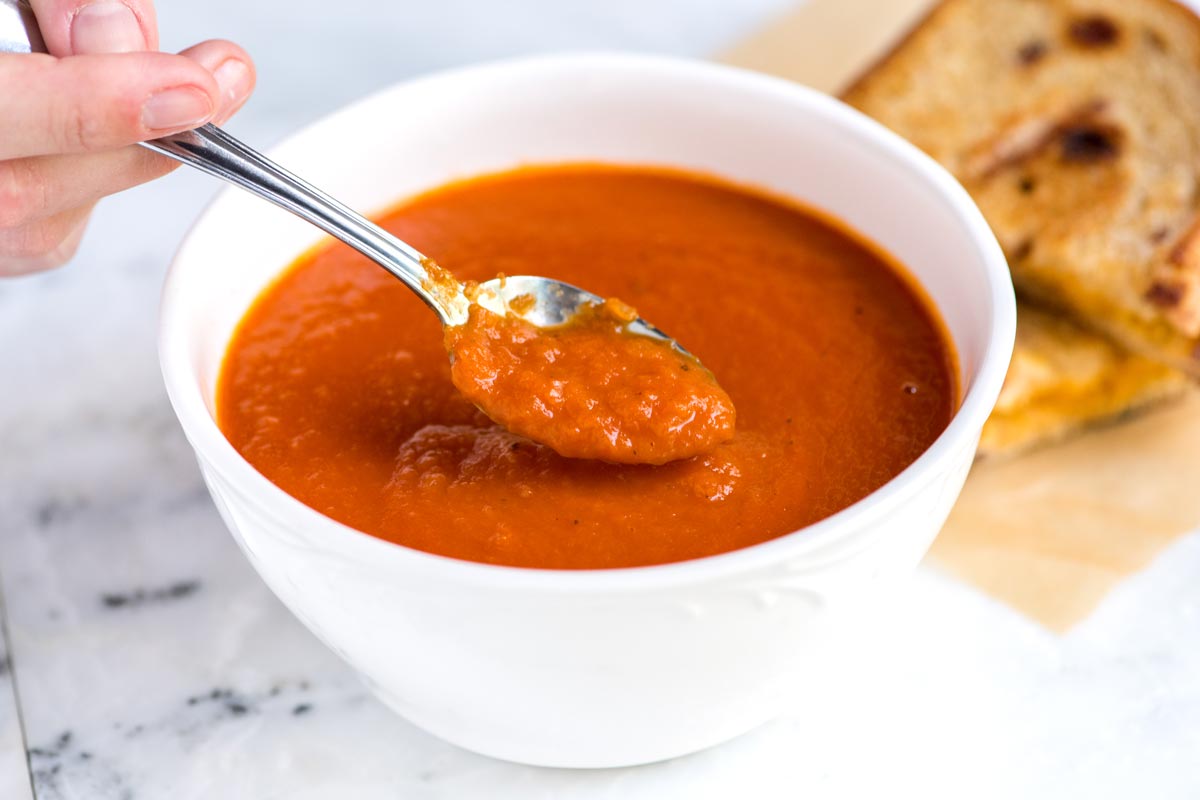
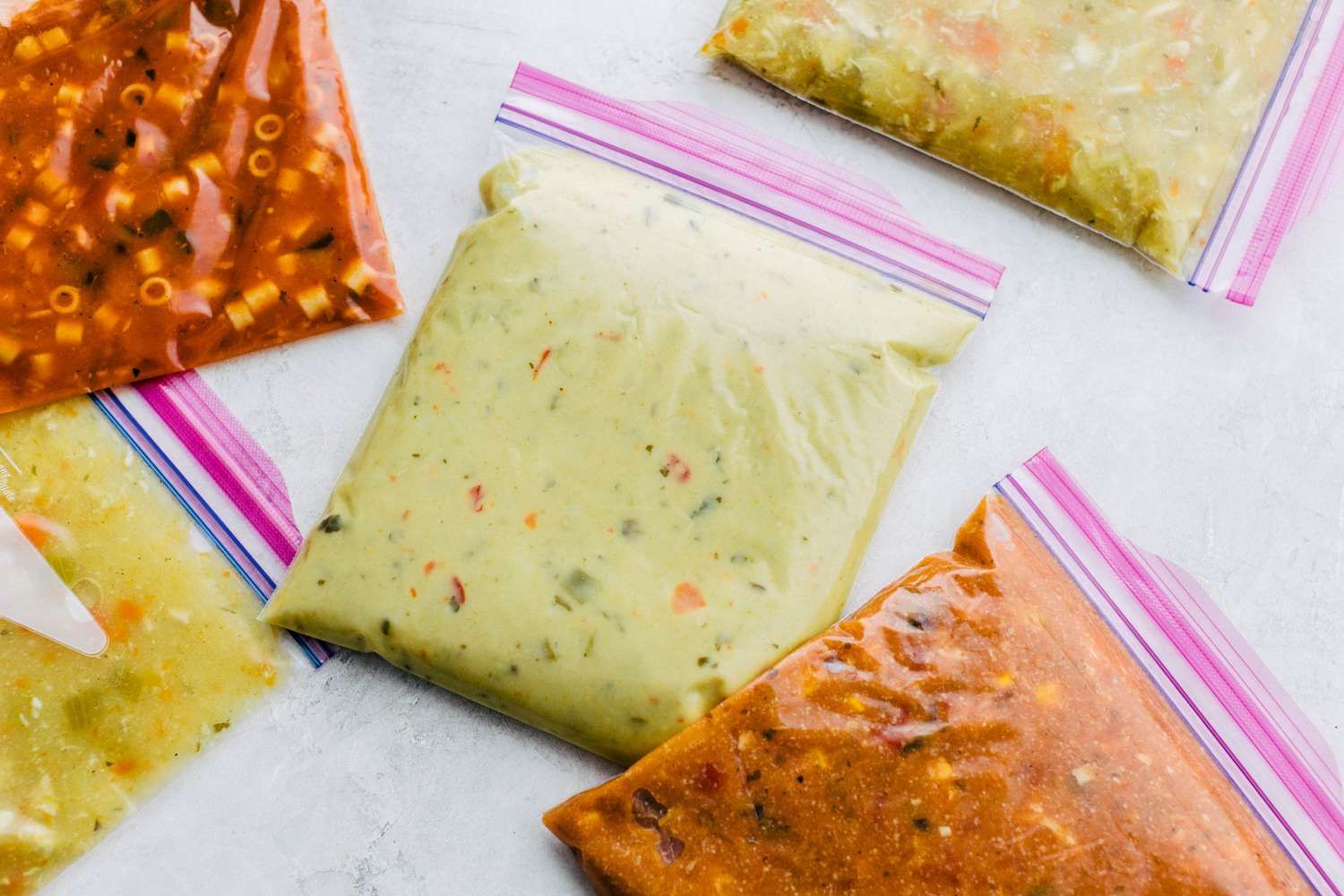

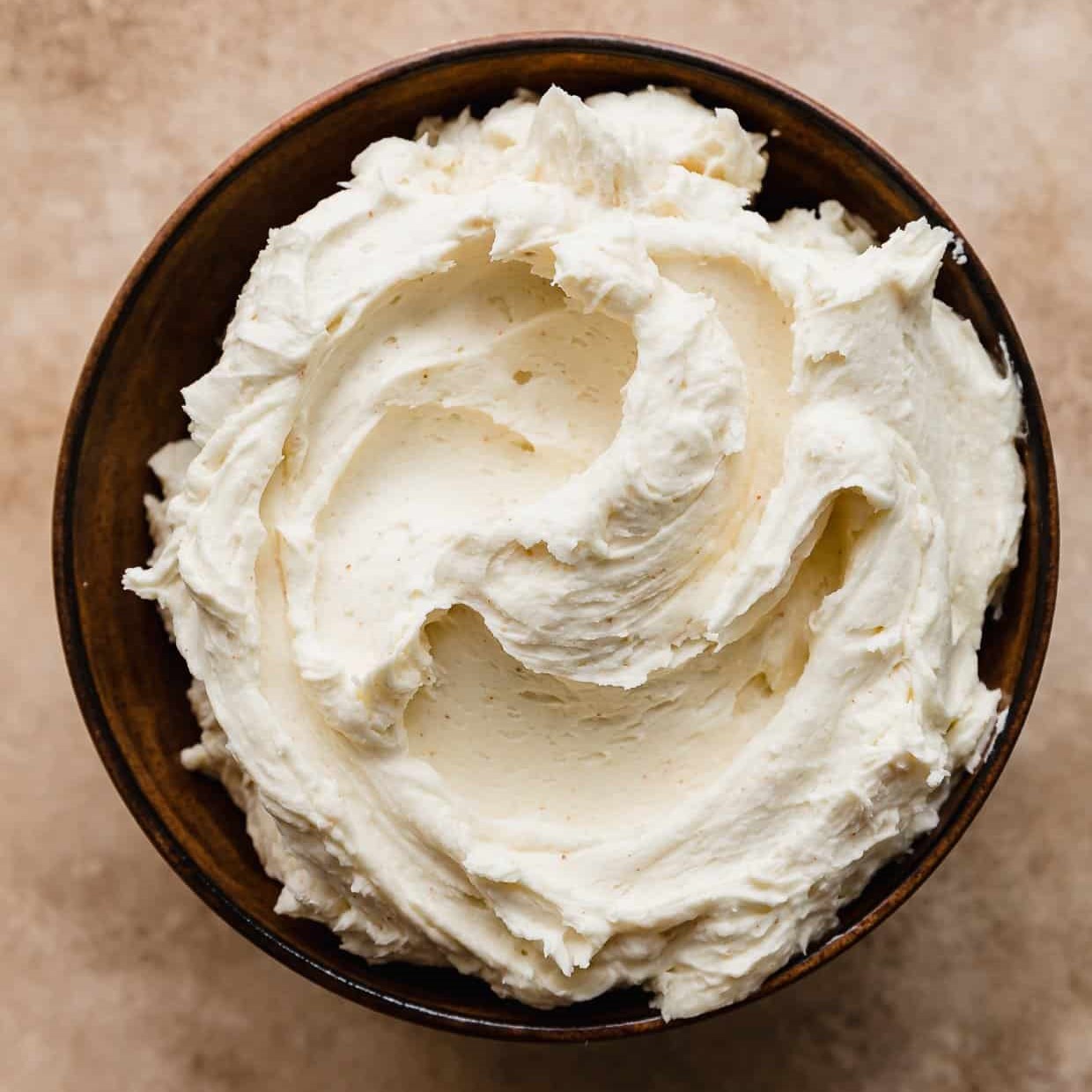



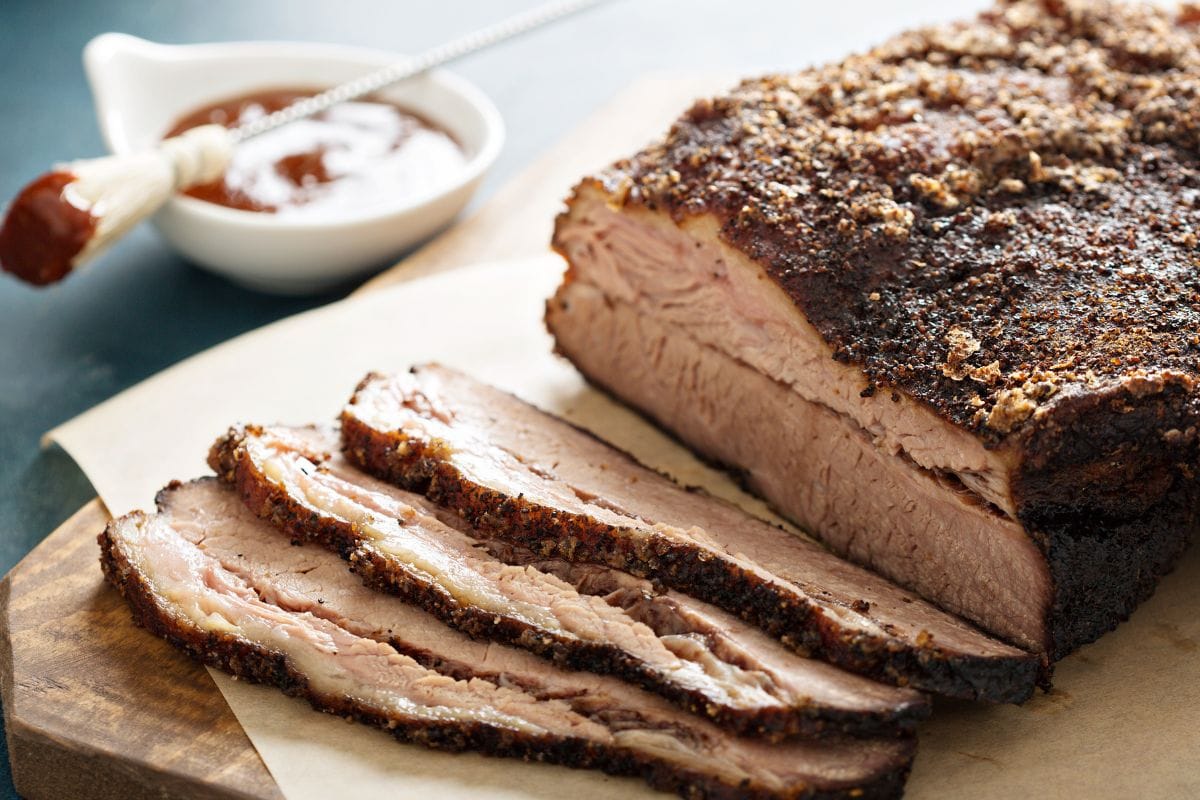
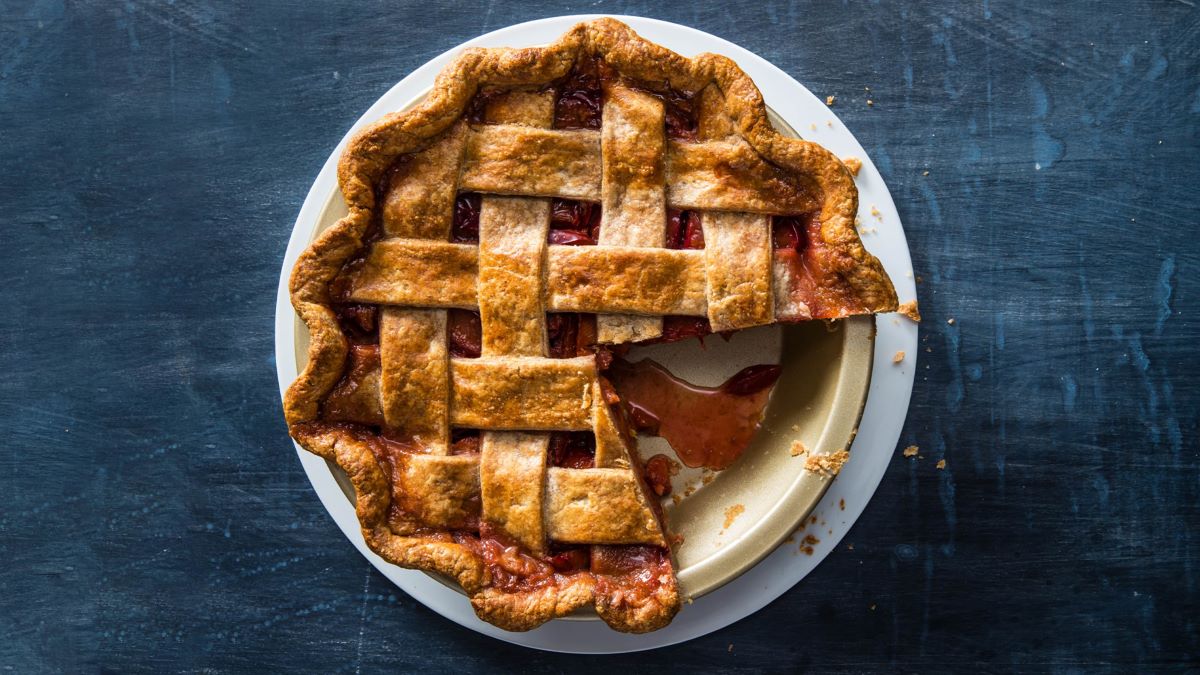


0 thoughts on “How To Store Leftover Soup”